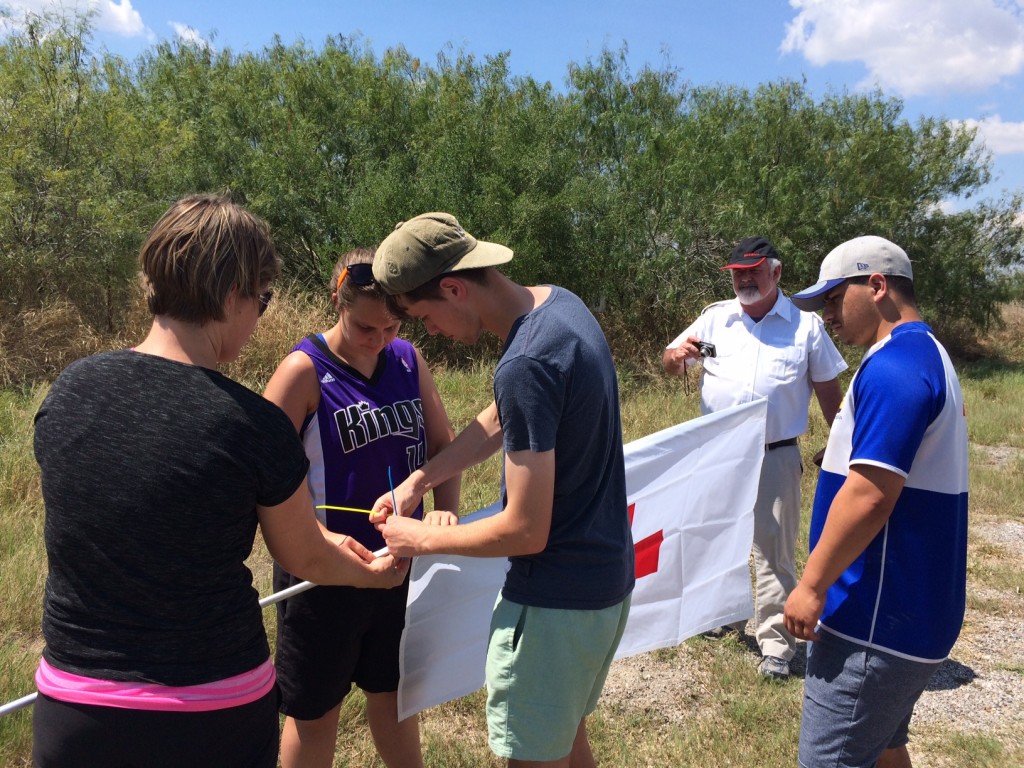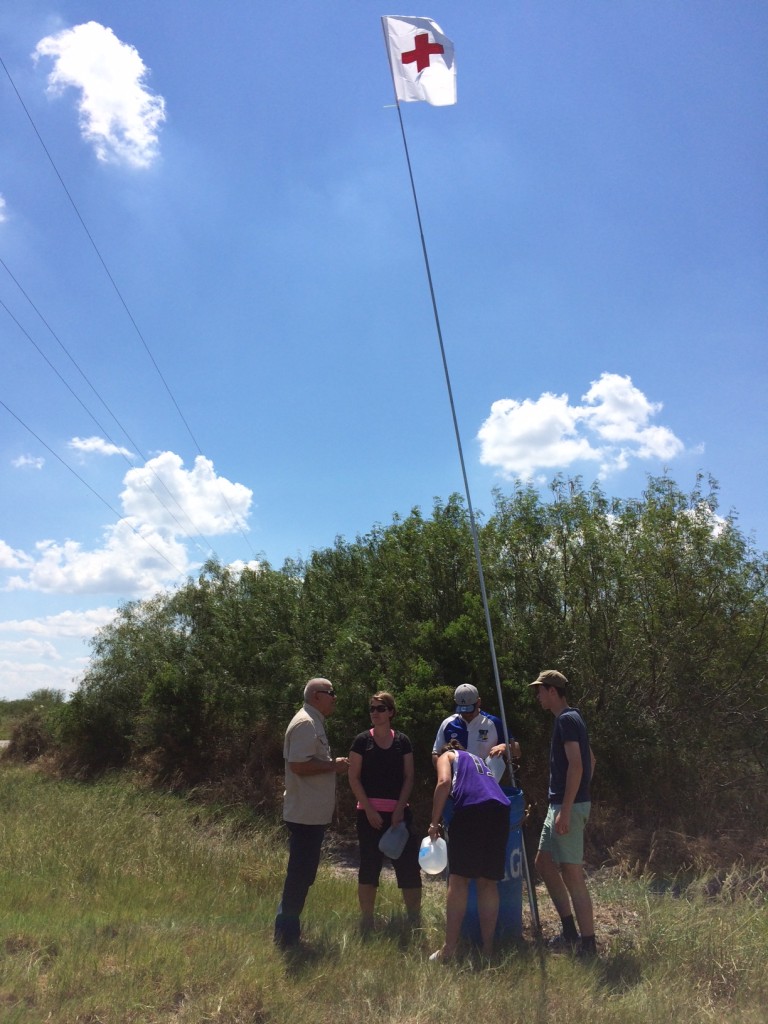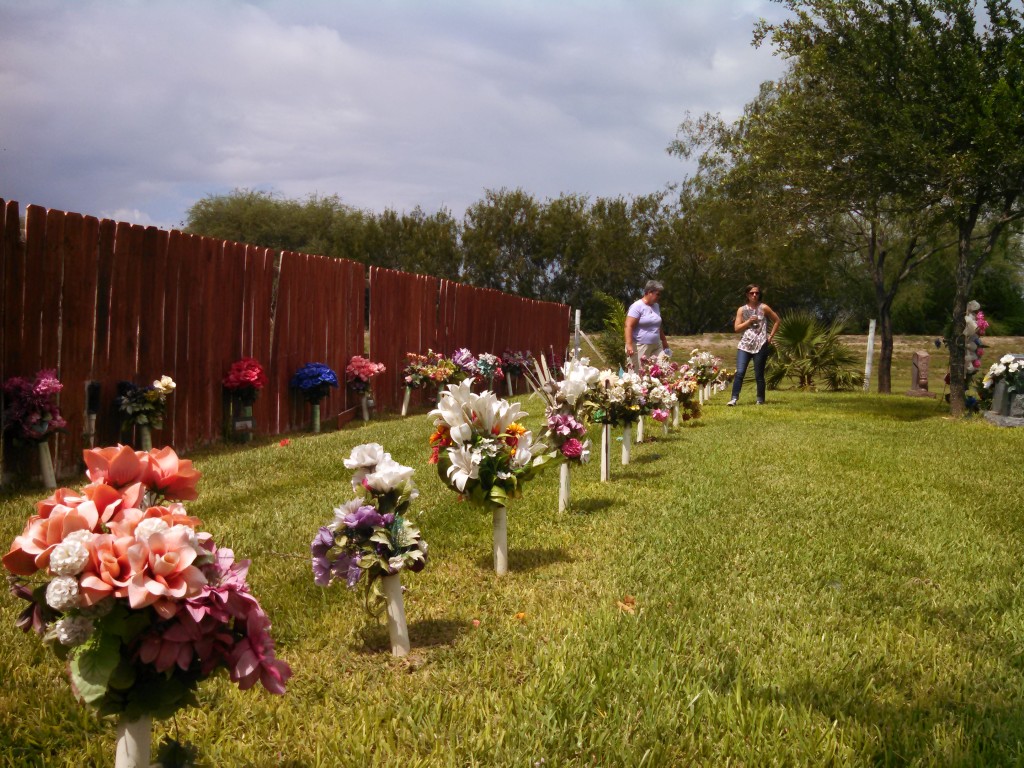I’ve been away from the blog for a while, but I’ve been working in and with Brooks County since August. I learn more about the crisis every day, and I figured I would use this blogging season to share a few different components of the work we do regarding missing persons at the South Texas Human Rights Center (STHRC) and at Operation Identification at Texas State University. Trying to explain everything at once is extremely complex, so I will try and break down different steps in a series of blog posts that will follow this one.
For this post, I’ll share some background information. For the past nine months I’ve been working at the South Texas Human Rights Center as the Forensic Anthropology Fellow. Currently, I am working at Dr. Kate Spradley’s lab at Texas State University working as the coordinator of the Missing Persons Unit at Operation Identification. Despite the change in physical location, the job nearly remains the same: to facilitate the investigations of persons missing on the Texas-Mexico border.
Given the broad scope of the job, every day is different. Some days are spent completely at the computer, making phone calls and working with the inbox of my email to make sure that the right people know about people who are missing; sometimes I’m emailing a medical examiner, other times I’m on the phone with an Arizona NGO to get intricate details about the circumstances around the disappearance of someone. Other days are spent bouncing between offices, trying to figure out what works well and what needs improvement so that we can find people faster. I’ve spent some afternoons being the go-between for families who are scared to talk to law enforcement but need to find out about their loved ones. And more recently, I’ve spent a morning or afternoon with Dr. Spradley and Dr. Tim Gocha analyzing the skeletal remains of unidentified persons that were exhumed on our first two trips a few years back.
I’ve learned so much over the past nine months. I’ve seen success stories and horror stories. And if there is one pattern that I’ve recognized, it’s that success only occurs through collaboration, communication, transparency, and respect. It is my intention with my next four blog posts to show that not one part of the story is any more important than another. The volunteers who take the missing persons calls are just as important as the DNA analysts, who are just as important as the anthropologists analyzing bones and the undergraduate volunteers cleaning and organizing the clothing found with the bones. Not any single individual, organization, or agency is more important than any other.
In my next post, I will discuss Finding Missing Persons: Recent Cases and how the STHRC, in close collaboration with many organizations and agencies, saves lives of people lost in the brush, turning distress calls into rescues. Because we can’t find everyone, and because the STHRC has only been around for a few years, we are always looking for those who are still missing, and so I will then discuss Helping Families Find Their Loved Ones: Long Term Cases. The last two posts of the four-part series will touch on issues I think are not discussed enough. There are many misunderstandings about the identification process, and so I will write about the Investigations of Unidentified Persons: What is an Identification? Finally, I will end on a topic that I personally believe is the least frequently discussed yet most difficult and complex process to understand, Getting Loved Ones Home: The Long Road of Repatriation.
When we first were asked to blog about our experiences, we were told a great way to blog is to “give the reader a glimpse of how you feel and what you see”. Well, a great way to describe the past nine months would be to describe it as an “information overload”, so the next few posts will likely be just that.
Looking forward to seeing Team UIndy next week, and as always, thanks for reading!
~Ryan


